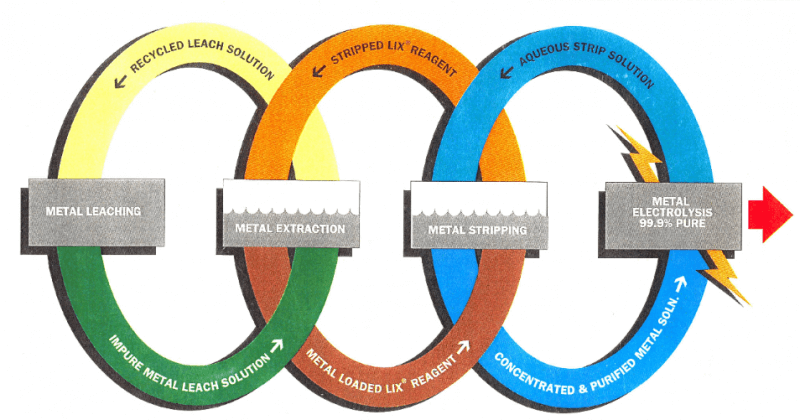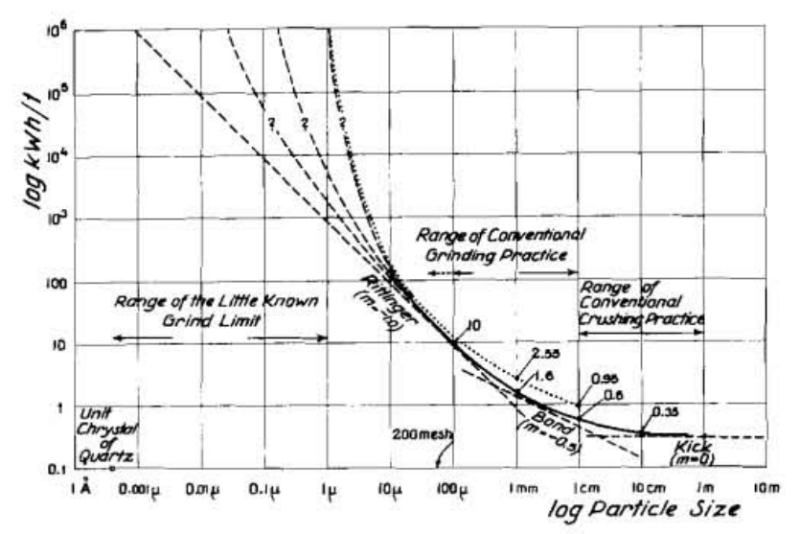Stability of Carbonic Acid and of Water
Carbonic acid when combined with a base is a weak acid, readily displaced by a stronger, as sulphuric, hydrochloric or phosphoric acid, and also by sulphur and by many of the organic acids. But the molecule of carbonic acid is never broken up, is never separated into its component elements under conditions ordinarily subsisting in […]
Bituminous Coal
Occurrence of Carbon combined with Hydrogen: Blende and galena have been deposited in coal in the outlying basins of the Coal Measures, scattered along the broad, northern marginal belt of the Ozark Uplift. Near the reservoir at Sedalia, Mo., a basin in the Second Magnesian Limestone carries a little coal of fair quality, in which dark […]
Bituminous Shales
Rich deposits of blende, formed in great part by the secondary enrichment of smaller, or less mineralized, primary ore- bodies, are found near the surface in the Joplin, Mo., district, in the vicinity of Carthage, Lehigh, Central City and Reding’s Mill. At these localities the ore occurs in two ways: in the beds of soft, […]
Organic Matters of Limestones
In mining-regions where the ores occur in limestone, it is observed that in most instances the largest and most productive mines are in belts or zones of crystalline limestones which are either exceptionally pure lime-carbonates or, more frequently, dolomites with only a small amount of insoluble matter. Such formations, peculiarly favorable for ore, are rocks […]
SX Solvent Extraction of Metals: A Design Manual
Definition of Solvent Extraction: The unit operation “solvent extraction” is applied in many industries, and has several different forms. For instance, for the recovery of many vegetable oils from naturally occurring products, a process is adopted in which the raw material is washed in several counter-current stages by a solvent which removes the required oil, an […]
Design of Mixer Settlers in Solvent Extraction
The development of solvent extraction processes over recent years has led to their application on an increasing scale in metal extraction plants. The author’s company has recently been awarded a contract for the design of the world’s largest solvent extraction plant based on pump-mix mixer-settlers. The plant is designed to extract copper from a leach […]
Copper Recovery by Solvent Extraction Techniques
Development of Suitable Reagents was Vital Key: Solvent extraction techniques were first applied to the recovery of metals for atomic energy projects in the decade 1945-55. They were subsequently applied to the large scale production of such refractory metals as hafnium and zirconium. Since then the technique has been applied to the recovery of the rarer […]
Solvent Extraction Glossary of Terms

Some of the more important technical terms used in this World Mining article and in other solvent extraction literature. Contactor Device for dispersing and disengaging immiscible solutions; extractor. May be single stage, as in a mixer-settler, or multiple stage, as in columns and certain centrifuges. Countercurrent extraction Multistage extraction in which the aqueous and organic solutions […]
All-Fire Method of Gold & Silver Assay
As this particular product holds a place by itself, it seems desirable to give a paper dealing especially with it as a corollary to my paper entitled “ The Litharge Process of Assaying Copper-Bearing Ores and Products, and the Method of Calculating Charges.” The process is first to convert the metallic copper into matte by […]
Can I use BWi Bond Work Index to Size a Regrind Mill: Fine Grinding Modelling

Many power-based grinding models exist, and most operators are familiar with Fred Bond’s “third theory”. Bond’s model is most commonly used to describe primary and secondary grinding to product sizes above, for example, 100 µm. Operators sometimes use Bond’s equation to describe grinding in situations where it is not appropriate, such as fine grinding […]
